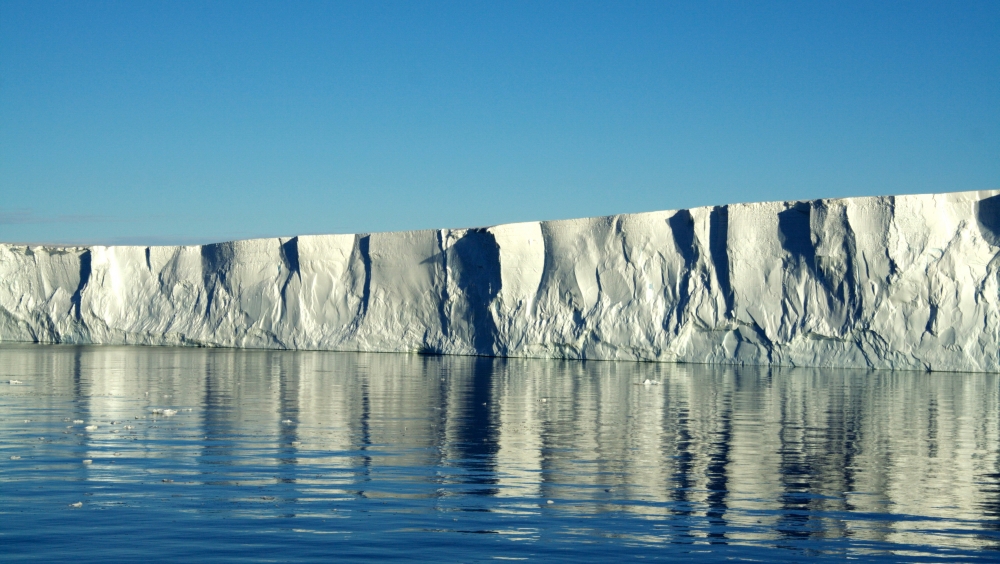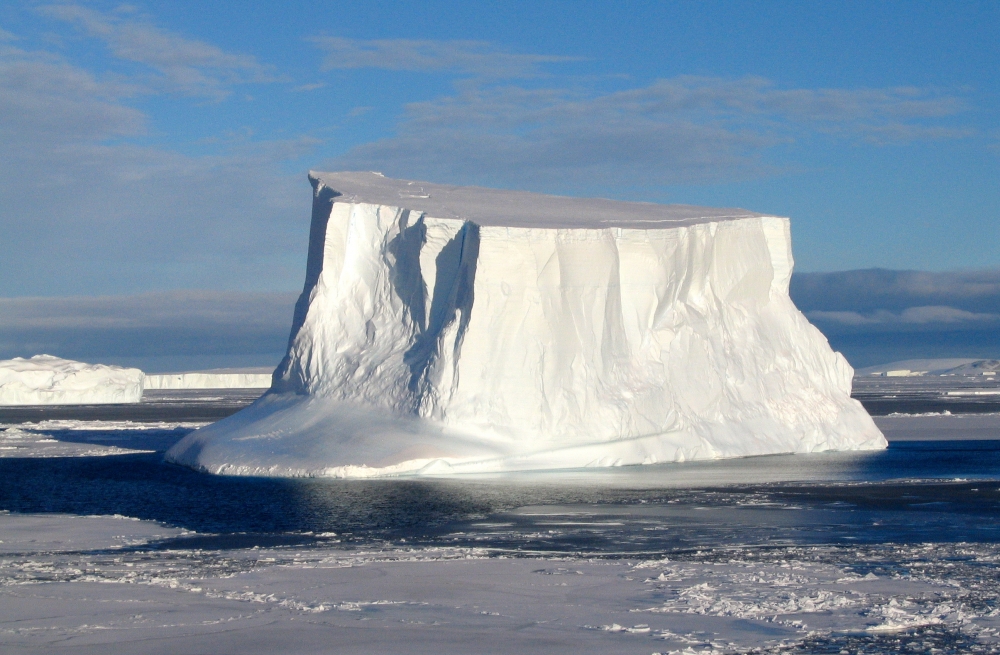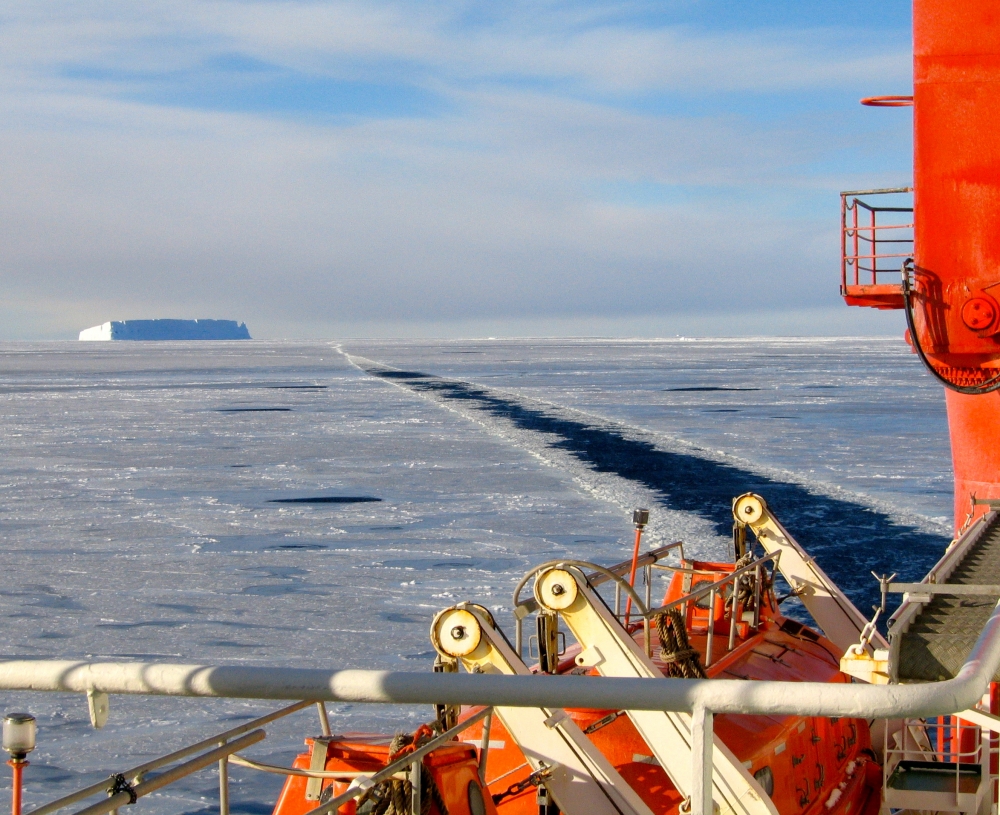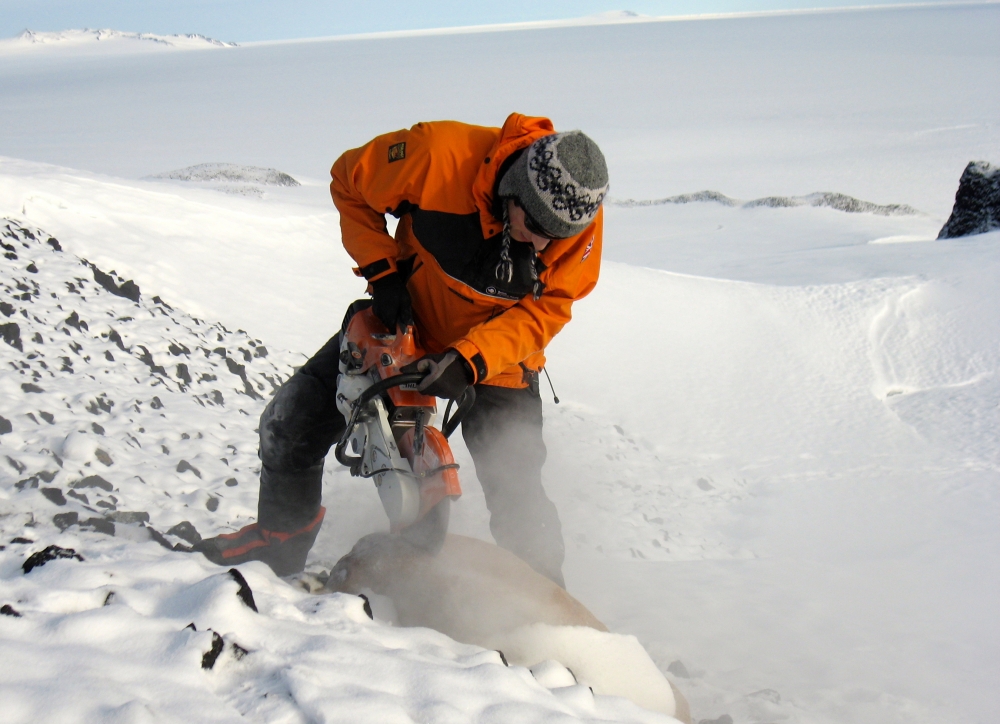Major Antarctic Ice Loss Could Continue for Decades

New research suggests that the largest single contributor to global sea level rise, a glacier of the West Antarctic Ice Sheet, may continue melting for decades to come. International geologists, including Dylan Rood, a researcher at UC Santa Barbara’s Earth Research Institute, found that Pine Island Glacier, which is rapidly accelerating, thinning and retreating, has actually thinned rapidly before.
The team said its findings, which draw from glacial-geological and geochronological data, demonstrate the potential for current ice loss to continue for several decades. The paper, published today in Science, is part of a wide range of international scientific efforts to understand the behavior of this important glacier.
The study shows that during the early Holocene around 8,000 years ago the glacier thinned as fast as it has in recent decades, providing an important model for its future behavior. The glacier is currently experiencing significant acceleration, thinning and retreat thought to be caused by ocean-driven melting — an increase in warm ocean water finding its way under the ice shelf — which is in turn causing a reduction in ice shelf buttressing.
“The melting of the Pine Island Glacier at a rate comparable to that over the past two decades is rare but not unprecedented,” Rood said. “Ongoing ocean-driven melting of the glacial ice shelf in current times may result in continued rapid thinning and grounding line retreat for several more decades or even centuries.”
After 20 years of rapid ice loss, concerns are arising over how much more ice will be lost to the ocean in the future. Model projections of the future of Pine Island Glacier contain large uncertainties, leaving questions about the rate, timing and persistence of future sea level rise. However, rocks exposed by retreating or thinning glaciers provide evidence of past ice sheet change, which helps scientists to predict possible future change.
The geologists used highly sensitive dating techniques pioneered by a team member to track the thinning of Pine Island Glacier through time and to show that the past thinning lasted for several decades. According to lead author Joanne Johnson of the British Antarctic Survey, the team’s geological data illustrate the history of Pine Island Glacier in greater detail than ever before. The fact that it thinned so rapidly in the past demonstrates how sensitive it is to environmental change, she said, with small changes producing dramatic and long-lasting results.
“Based on what we know, we can expect the rapid ice loss to continue for a long time yet, especially if ocean-driven melting of the ice shelf in front of Pine Island Glacier continues at current rates,” she said.
Funded by the Natural Environment Research Council, this work was also made possible by a Marie Tharp Fellowship in the Earth, Environmental and Ocean Sciences from the Earth Institute/Lamont-Doherty Earth Observatory at Columbia University (awarded to Joanne Johnson). Logistic support was provided by the Alfred Wegener Institute.







